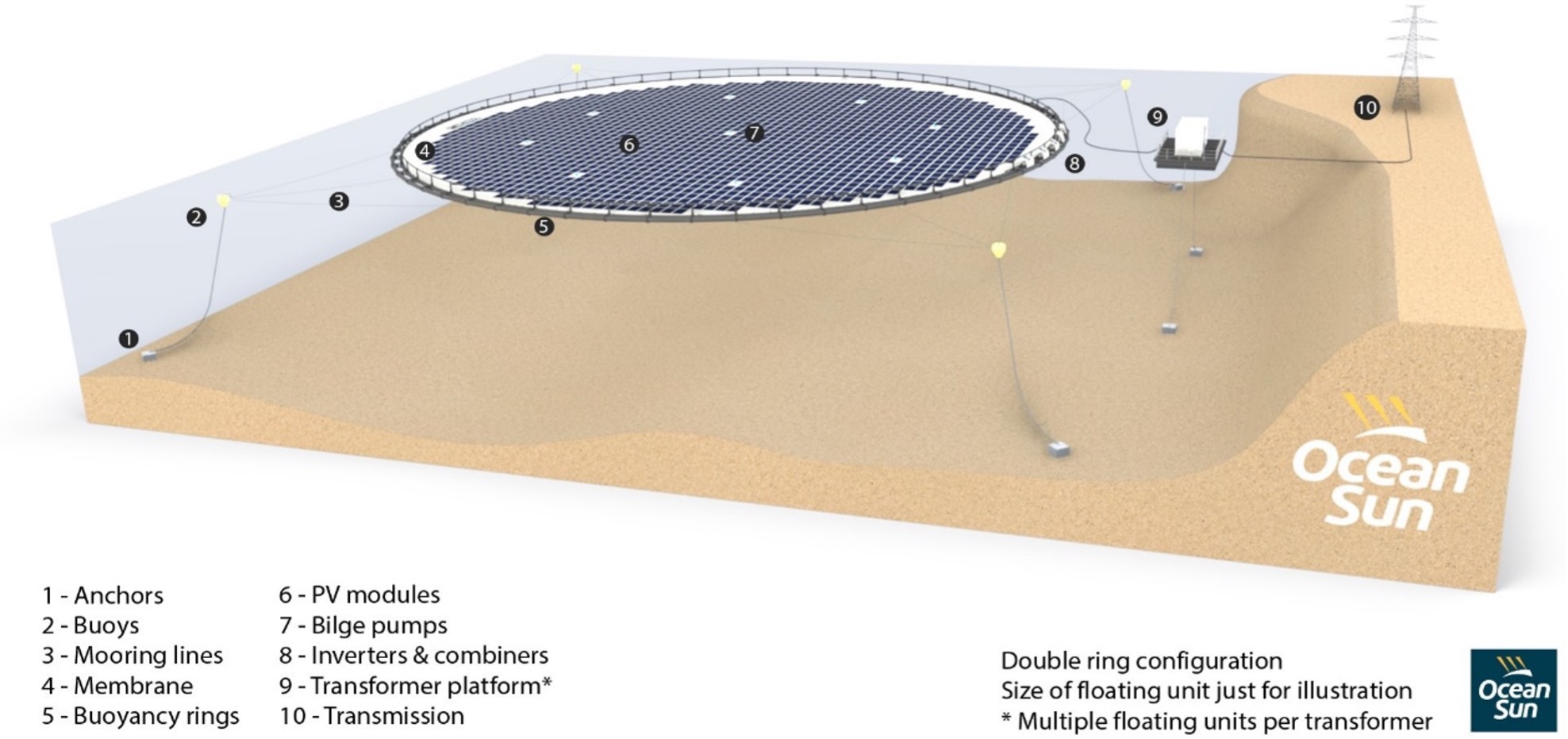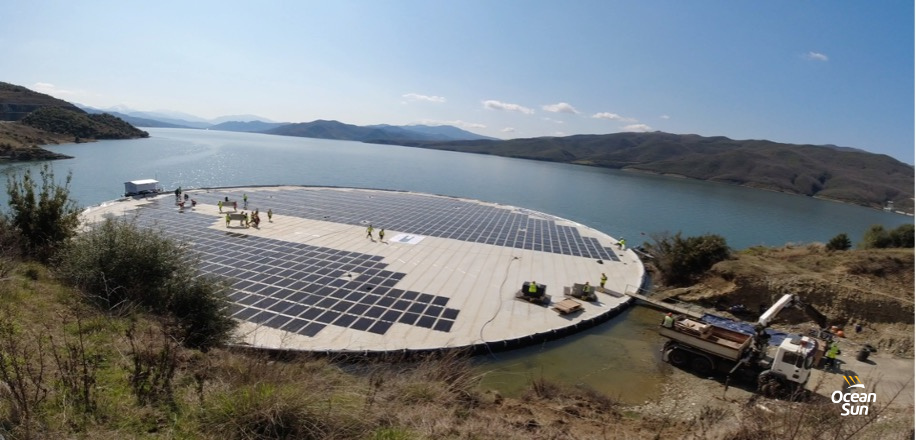SPP Technology
According to PPM Ltd., renewable energy sources will safeguard the world’s future. With this conviction, he focused on solar energy and saw the potential for our nation in floating solar power plants. He worked with Oceansun, a company that employs cutting-edge technology and manages floating power plants.
The unique technology of Ocean Sun is based on floating photovoltaic (PV) modules on a specialized, thin membrane. Details on technology can be found here.
The advantages of this design are as follows:
- lowest overall leveling energy cost, lowest material consumption for floating PV systems
- easy, safe, and quick installation,
- Direct water cooling’s higher efficiency (20% higher efficiency),
- Proven resilience in strong currents, waves, and winds
- substantial cost savings for material logistics,
- decreased evaporation of water.
One or more floating generators are tethered adjacent to one another in an Ocean Sun system to create a larger power plant. Local wave, current, and wind conditions are taken into account when designing the anchor system. The PV modules are floating on the thin membrane, and electrical energy is generated. The flotation system is the same as the flotation system of the net cages used in open sea fishing.
The components of the unique PV modules for the Oceansun system include double piping, reinforced membrane, inverters, AC-combiners, and buoyancy rings. The system’s cross-sectional structure is depicted in the picture below.
Special membranes are employed in this commonly used design, which is erected just in a small area and does not cover the entire water surface in a bay, lake, or reservoir that is not subject to strong waves.
The Paris Agreement’s long-term objective is to limit the increase in global temperature to no more than 2°C (or 1.5°C, if possible) over pre-industrial levels. This goal necessitates a transition away from fossil fuels (coal and oil) and toward renewable energy sources.
As a result of its geographic location, our nation has significant solar energy potential. The Turkey Solar Energy Potential Atlas (GEPA), created by our Ministry, states that the average annual total sunshine length is 2.741 hours, and the average yearly total solar radiation
Turkey had an installed solar-based power capacity of 8,479 MW as of the end of June 2022. In 2021, this quantity was 7,816 MW, although in 2020 and 2019, it was 6,667 MW and 5,995 MW, respectively. As of the end of June 2022, solar energy made up 8.35% of all installed power. In comparison to the prior year, when it was 7.83%, this rate was 6.95% in 2020 and 6.57% in 2019. Our nation has not yet utilized solar energy to its full potential.
Paris Anlaşması’nın uzun dönemli hedefi, endüstriyelleşme öncesi döneme kıyasen küresel sıcaklık artışının 2°C’nin olabildiğince altında (mümkünse 1.5 derece seviyesinde) tutulmasıdır. Bu hedef fosil yakıt (petrol, kömür) kullanımının tedricen azaltılarak, yenilenebilir enerjiye yönelinmesini gerektirmektedir.
Ülkemiz, coğrafi konumu nedeniyle önemli bir güneş enerjisi potansiyeline sahiptir. Bakanlığımızca hazırlanan, Türkiye Güneş Enerjisi Potansiyeli Atlasına (GEPA) göre, ortalama yıllık toplam güneşlenme süresi 2.741 saat olup ortalama yıllık toplam ışınım değeri 1.527,46 kWh/m2 olarak hesaplanmıştır.
Haziran 2022 sonu itibariyle Türkiye’nin güneş enerjisine dayalı elektrik kurulu gücü 8,479 MW. Bu sayı 2021 yılında 7.816 MW iken 2020 yılında 6.667 MW ve 2019 yılında 5.995 MW idi. Güneş enerjisinin toplam kurulu güç içerisindeki oranı, Haziran 2022 sonu itibariyle %8,35. Bir önceki yıl %7,83 olan bu oran 2020 yılında %6,95 ve 2019 yılında %6,57 idi. Buna rağmen ülkemizde güneş enerjisi kullanımı tam kapasitesine ulaşabilmiş değildir.





